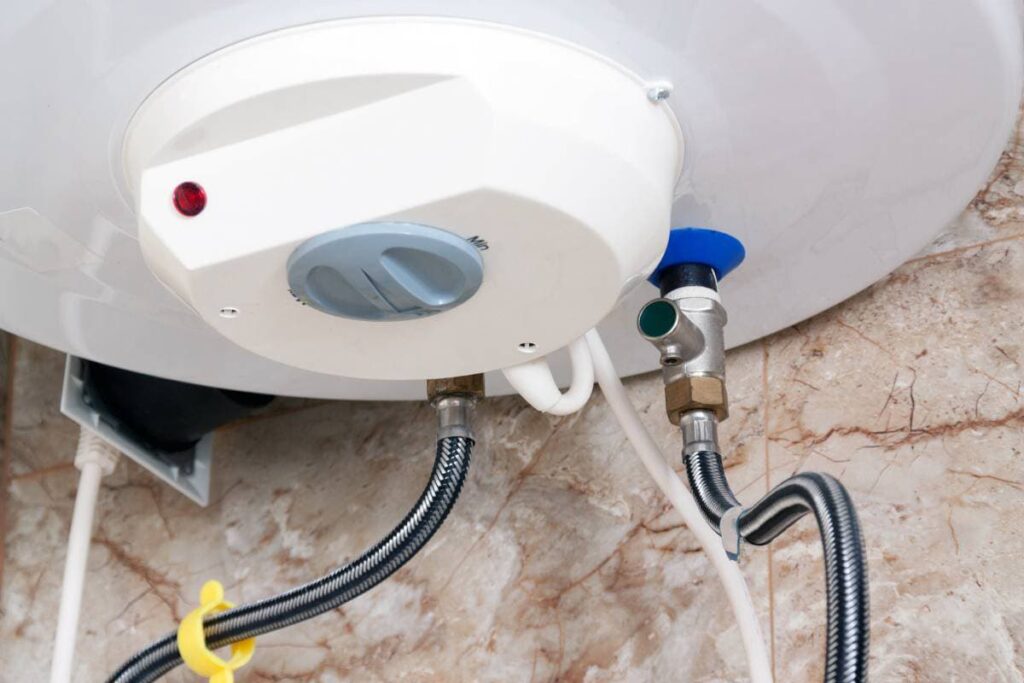Making Sure Longevity of Your Home's Hot Water System: Maintenance Advice
Making Sure Longevity of Your Home's Hot Water System: Maintenance Advice
Blog Article
Have you been in search of resources around What Kind of Maintenance Do Water Heaters Need??

Hot water is vital for day-to-day comfort, whether it's for a revitalizing shower or cleaning meals. To guarantee your hot water system runs successfully and lasts longer, routine maintenance is crucial. This write-up offers useful pointers and understandings on how to keep your home's hot water system to prevent disturbances and costly repair services.
Introduction
Preserving your home's warm water system might appear daunting, however with a couple of simple steps, you can ensure it runs smoothly for many years ahead. This guide covers whatever from comprehending your warm water system to DIY maintenance ideas and recognizing when to hire professional assistance.
Significance of Preserving Your Warm Water System
Routine upkeep not only extends the life expectancy of your warm water system yet also ensures it runs successfully. Neglecting maintenance can result in lowered performance, higher energy bills, and even early failing of the system.
Indications Your Warm Water System Demands Upkeep
Recognizing when your hot water system needs interest can stop significant concerns. Watch out for indicators such as irregular water temperature, strange noises from the heating unit, or rustic water.
Comprehending Your Warm Water System
Prior to diving right into upkeep jobs, it's valuable to understand the basic elements of your hot water system. Usually, this includes the water heater itself, pipes, anode rods, and temperature controls.
Monthly Maintenance Tasks
Regular monthly checks can help catch minor issues prior to they rise.
Purging the Hot Water Heater
Purging your hot water heater gets rid of debris buildup, improving efficiency and prolonging its life.
Checking and Changing Anode Rods
Anode poles avoid rust inside the tank. Examining and changing them when broken is vital.
Checking and Changing Temperature Settings
Adjusting the temperature level setups makes sure optimal performance and safety and security.
Do It Yourself Tips for Upkeep
You can carry out several upkeep jobs on your own to maintain your warm water system in top condition.
Looking for Leakages
On a regular basis inspect pipelines and links for leaks, as these can lead to water damages and greater expenses.
Testing Stress Alleviation Valves
Evaluating the pressure safety valve guarantees it works properly and prevents too much stress buildup.
Shielding Pipelines
Insulating warm water pipes reduces warmth loss and can save power.
When to Call a Specialist
While DIY upkeep is helpful, some issues need professional expertise.
Complicated Issues Needing Professional Aid
Examples include significant leakages, electrical issues, or if your water heater is continually underperforming.
Routine Specialist Maintenance Conveniences
Expert upkeep can include detailed assessments, tune-ups, and ensuring conformity with safety criteria.
Conclusion
Normal maintenance of your home's hot water system is necessary for efficiency, durability, and cost savings. By adhering to these suggestions and recognizing when to seek professional assistance, you can make certain a reputable supply of warm water without unexpected interruptions.
How to Maintain an Instant Hot Water Heater
Before tinkering with your hot water heater, make sure that it’s not powered on. You also have to turn off the main circuit breaker and shut off the main gas line to prevent accidents. Also turn off the water valves connected to your unit to prevent water from flowing into and out of the appliance. 2. When you’re done, you have to detach the purge valves’ caps. These look like the letter “T†and are situated on either side of the water valves. Doing so will release any pressure that has accumulated inside the valves while at the same time avoid hot water from shooting out and burning your skin. 3. When the purge valves’ caps are removed, you have to connect your hosing lines to the valves. Your unit should have come with three hoses but if it didn’t, you can purchase these things from any hardware or home repair shops. You can also get them from retail stores that sell water heating systems. Read the user’s manual and follow it to complete this task properly. When the hosing lines are connected, open the purge port’s valves. 4. You should never use harsh chemical cleaners or solutions when cleaning your unit. Make use of white vinegar instead. It should be undiluted and you’ll probably use about 2 gallons. 5. Now flush your water heater. This task should probably take about 40 minutes. We can’t give you specific directions for this because the procedure is carried out depending on the type, model and brand of your heater. With that being said, refer to the user’s manual. 6. When you’re done draining the unit, you have to turn off the purge port valves again. Remove the hosing lines that you earlier installed on each of the water valves. Put the valve caps (purge port) back in their respective places and be very careful so as not to damage the rubber discs that are found inside these caps. 7. Now that everything’s back in place, check your user’s manual again to find out how to reactivate your water heating system. 8. Once it is working, turn one of your hot water faucets on just to let air pass through the heater’s water supply pipes. Leave the tap on until water flows smoothly out of it. https://www.orrplumbing.com/blog/2014/september/how-to-maintain-an-instant-hot-water-heater/

I was introduced to that report on Tips on Maintaining a Water Heater from an acquaintance on another web property. Loved our review? Please quickly share it. Help somebody else check it out. Thanks a lot for your time. Kindly stop by our site back soon.
Book Services Report this page